#25 in Vietnam
Vịt Quay: Basic Information
Pronunciation
Alternative Name(s)
Dish Type
Course
Mealtime
Popular Vịt Quay Variations
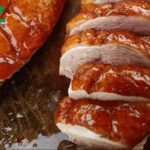
Vịt Quay Lạng Sơn
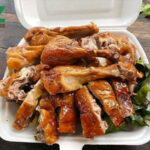
Vịt Quay Lá Mắc Mật
Vịt Quay: Ingredients and Preparation
Main Ingredients
Main Cooking Method
Preparation Process
Vịt Quay: A Deep Dive
Cultural Significance
Taste
Texture
Aroma
Color
Serving Style
Serving Temperature
Accompaniment
Occasions
Seasons
Special Diets
Calories
Popularity
Popular Similar Dishes
- Peking Duck
- Roast Goose
- Lechon Manok
Popular Dining Area
Vịt quay is a Vietnamese-style roast duck that is fused with Chinese cooking techniques. Commonly, the duck is kept whole for roasting until the skin possesses a golden brown color and a tender meat texture.
Typically, the duck will need to be marinated in a blend of herbs and spices that will need a long time to rest for all the elements to seep into the meat. Once roasted, the duck is evenly rotated over the heat source.
For serving, vịt quay is often purchased from street food stalls and eaten by itself; in some cases, people will eat it with rice or noodles. Additionally, vịt quay is often served with pickled vegetables and various dipping sauces.
It’s worth noting that vịt quay comes in various versions in Vietnam, each with unique preparation methods and flavors, along with specific pros and cons. Also, you should explore some concerns about the dish and some delicacies that shape similarities to vịt quay.
Key Points
Vịt Quay Images
What Are the Different Versions of Vịt Quay?
In Vietnam, vịt quay is often inspired by Chinese cooking; however, there are also adaptations coming from specific regions:
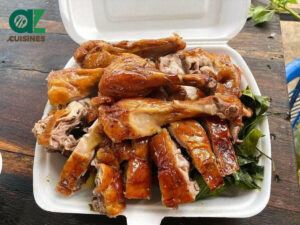
Vịt Quay Lá Mắc Mật
Distinct for using lá mắc mật (a type of local leaf) in the marinade
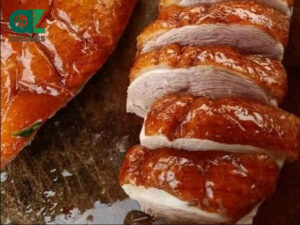
Vịt Quay Lạng Sơn
Usually made with ducks from the That Khe regionStuffed with mắc mật leaves for a unique taste
With all the versions of vịt quay provided to you, make sure not to miss the process of creating this Vietnamese version of roast duck.
How to Make Vịt Quay?
In Vietnam, each region does vịt quay differently, either by using different spices or adjusting the cooking time:
Step 1: Clean and Dry
Clean the duck, remove the innards, and pat dry.
Step 2: Marinate
Use a mix of spices like garlic, ginger, five-spice, soy sauce, honey, and lemongrass. Marinate inside and outside, then refrigerate for hours or overnight.
Step 3: Air-dry
Hang or refrigerate the duck to dry for crispy skin.
Step 4: Roast
Start at high heat before lowering it until cooked. Continue roasting until the skin is crispy and the meat is fully cooked.
Step 5: Baste
Use juices or honey-soy mix for flavor and crispiness.
Step 6: Serve
Rest, carve, and serve with rice, noodles, or bread, plus pickles and sauces.
The making process of vịt quay is only one part of the dish, as the benefits and drawbacks of enjoying this dish are also interesting to uncover.
Pros and Cons of Eating Vịt Quay
When consuming vịt quay, take note of these features to avoid any unwanted effects that influence your diet:
Pros
Cons
Since vịt quay is relatively high in fat, it’s essential to consider the dish carefully before consumption. Afterward, make sure you don’t miss some of the common inquiries relating to vịt quay.



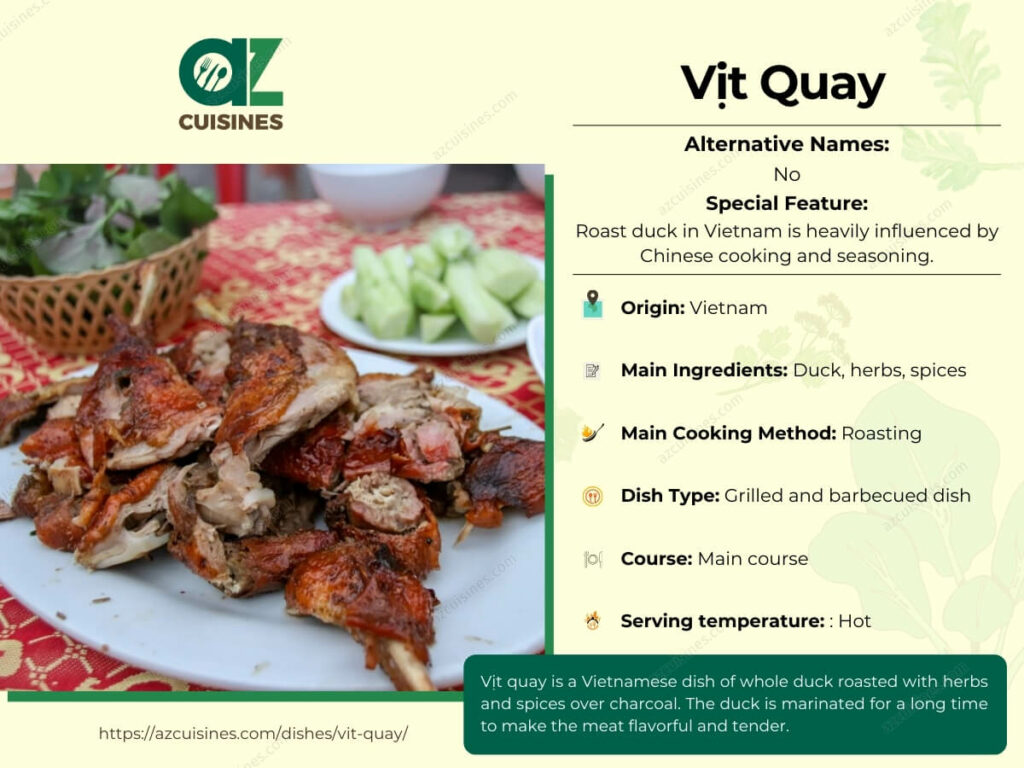
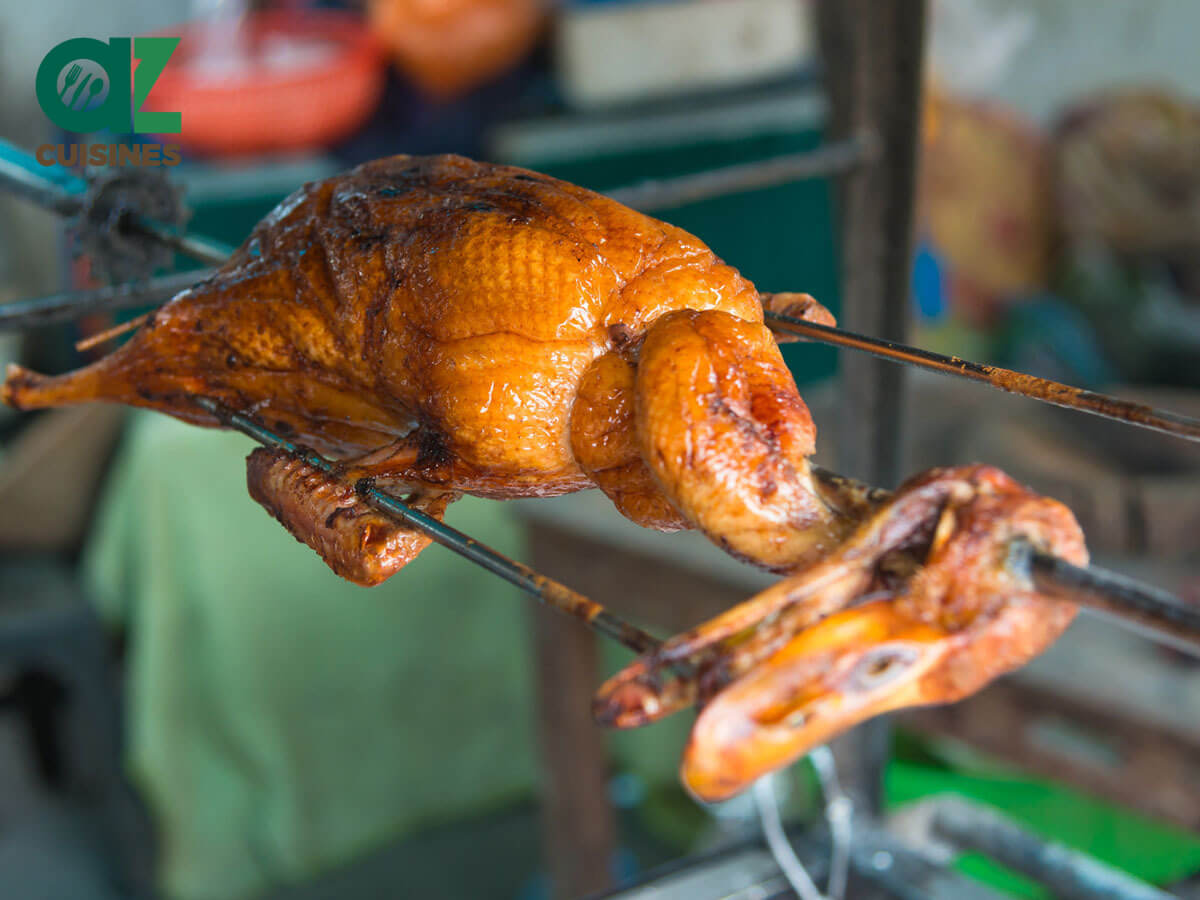
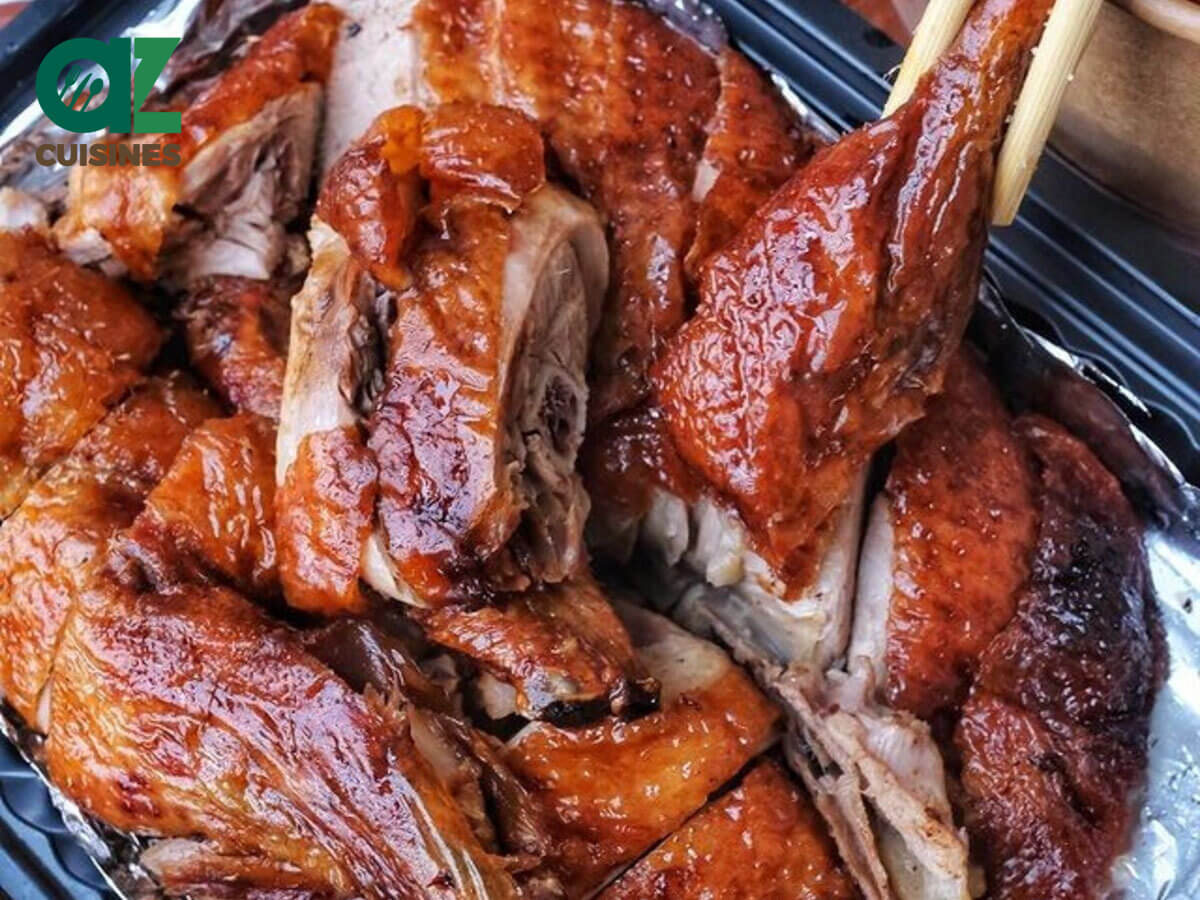

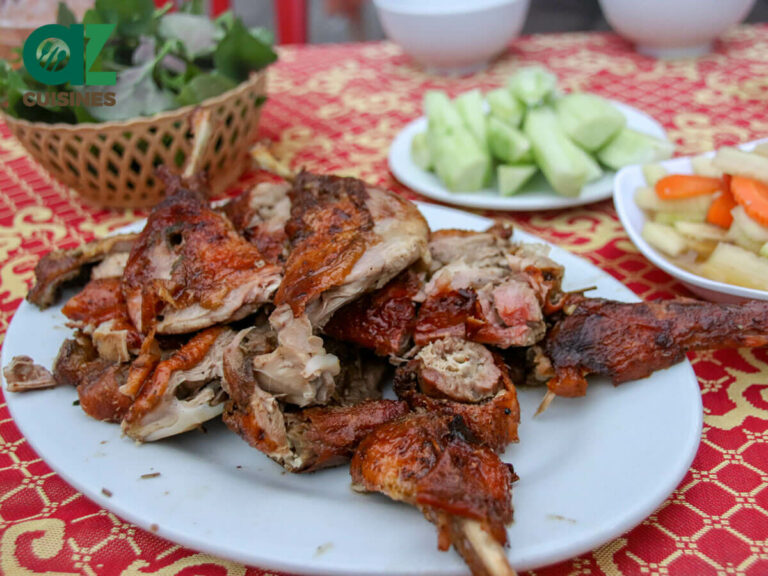
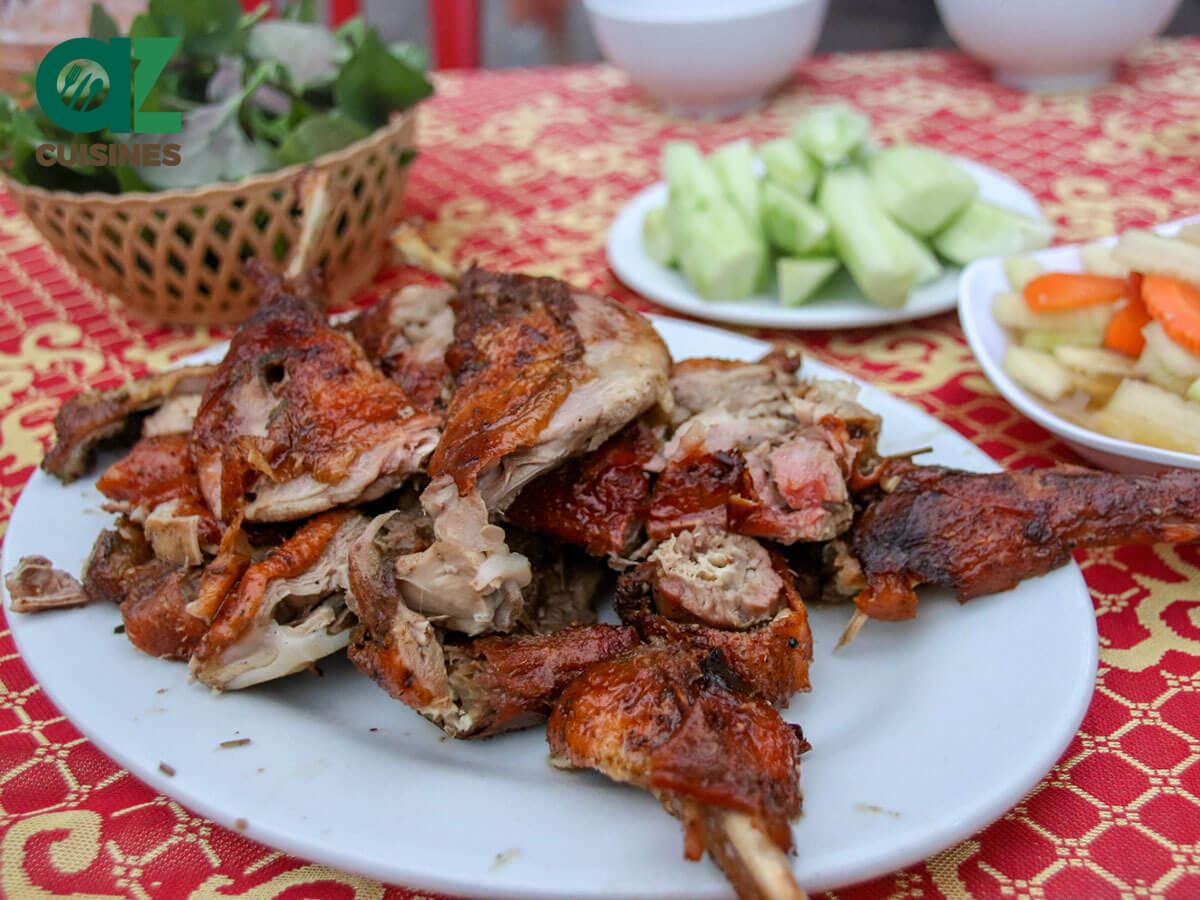
Truc Tran (Kris)
Senior Food Editor
Expertise
Home Cooking, Meal Planning, Recipe Development, Baking and Pastry, Food Editor, Cooking-video Maker, Vietnamese Food Evaluation Expert
Education
Truc Tran (Kris), an experienced food writer and editor, is great at exploring and describing global cuisines, from simple street food to fancy dining. In her writing, she skillfully mixes different flavors, cooking methods, and culinary traditions, showing the unique character of various cultures through their food and drinks. On azcuisines.com, Kris highlights her knowledge, especially in Asian cuisine and worldwide traditional dishes.